Definitive Technology Mythos STS SuperTower Loudspeakers:Measurements| Chart 1 - Frequency Response and Sensitivity |
Microphone measuring position: tweeter axis
Grille: off
Sensitivity: 89.1dB (averaged 300Hz-3kHz, 2.83V/1m)
Frequency response, 20Hz - 20kHz (measured @ 2m, plotted @ 1m)

Top curve: on-axis response
Middle curve: 15 degrees off-axis response
Bottom curve: 30 degrees off-axis response
Frequency response, 20Hz - 20kHz (measured @ 2m, plotted @ 1m)
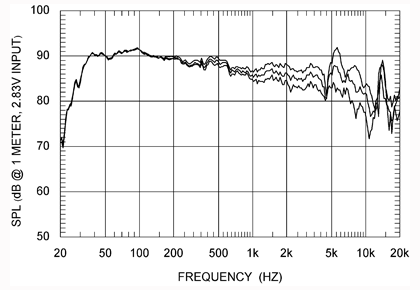
Top curve: 45 degrees off-axis response
Middle curve: 60 degrees off-axis response
Bottom curve: 75 degrees off-axis response
| Chart 2 - Listening Window |
Listening Window, 20Hz - 20kHz (measured @ 2m, plotted @ 1m)
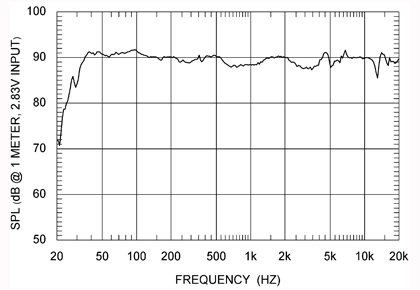
Response curve is an average of five measurements:
on-axis, 15 degrees left and right off-axis,
15 degrees up and down off-axis
| Chart 3 - Total Harmonic Distortion + Noise |
THD+N @ 90dB, 50Hz - 10kHz (measured @ 2m)
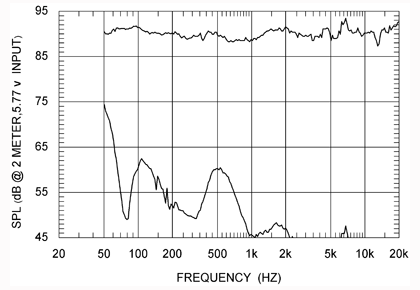
Top curve: frequency response @ 90dB SPL
Bottom curve: THD+N @ 90dB (50Hz - 10kHz)
Additional Measurement
THD+N @ 95dB, 50Hz - 10kHz (measured @ 2m)
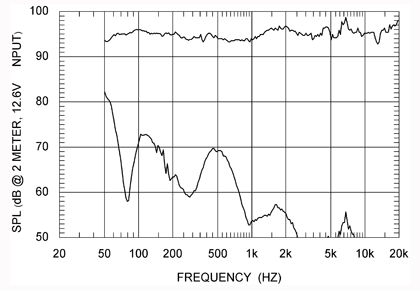
Top curve: frequency response @ 95dB SPL
Bottom curve: THD+N @ 95dB (50Hz - 10kHz)
| Chart 4 - Deviation from Linearity at 90dB and Above |
Difference @ 90dB, 50Hz - 20kHz (measured @ 2m)
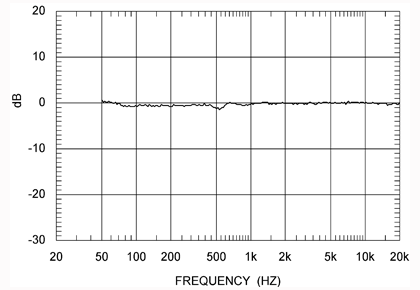
Curve: difference from 70dB at 90dB
Difference @ 95dB, 50Hz - 20kHz (measured @ 2m)
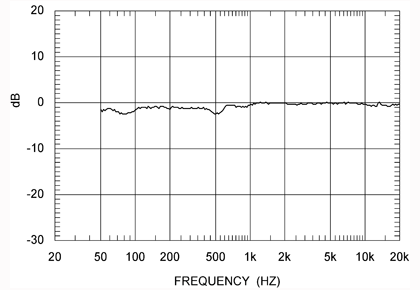
Curve: difference from 70dB at 95dB
| Chart 5 - Impedance Magnitude Variation and Electrical Phase |
Impedance curve
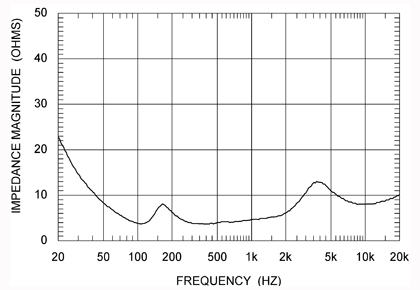
Vertical axis: impedance
Horizontal axis: frequency
Electrical phase
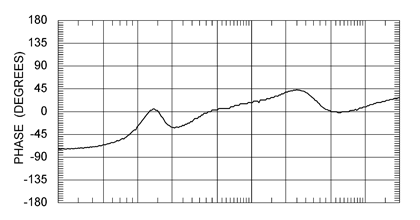
Vertical axis: phase
Horizontal axis: frequency